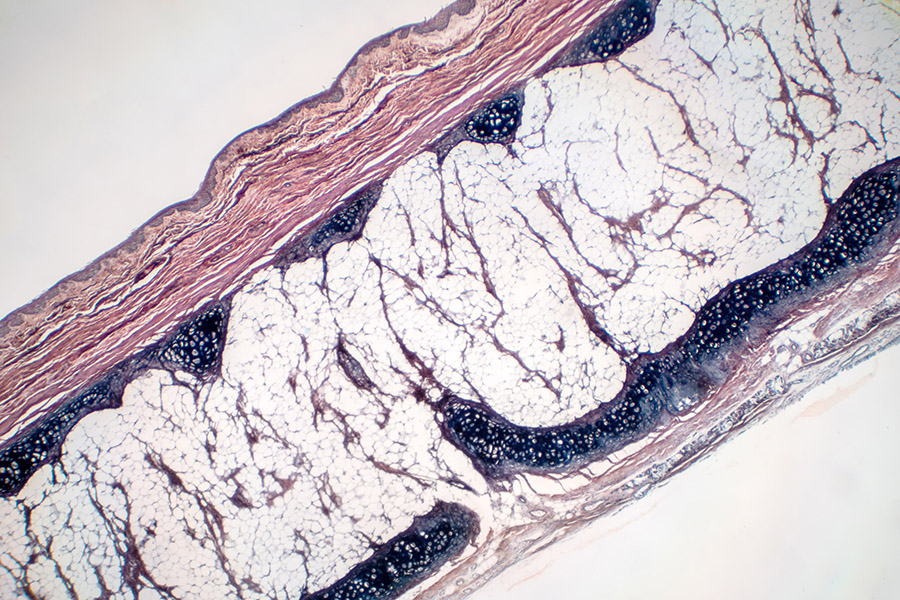Knee injuries, whether a tear or sprain, is common in sports medicine. The collateral ligament is one of two ligaments found on either side of the knee and athletes who engage in direct contact sports are likely to injure either one in the course of playing. We at Everett Bone & Joint are known for using innovative methods to treat our patient’s knee and tendon injuries. Below you’ll find information about collateral ligament injury symptoms and treatments.
What are Collateral Ligaments?
There is a collateral ligament are on either side of the knee that controls the side-to-side motion while bracing it against any unusual movement. There are two types of collateral ligaments:
- The medial collateral ligament, or MCL, is on the inside of the knee and connects the femur to the tibia.
- The lateral collateral ligament, or LCL, is on the outside of the knee and connects the femur to the fibula.
Collateral ligament injuries are considered sprains and are graded on a severity scale of three:
- Grade One: the ligament is mildly damaged and has been stretched slightly, but still able to keep the knee joint stable.
- Grade Two: This sprain stretches the ligament to the point where it becomes loose, often referred to as a partial tear of the ligament.
- Grade Three: This ligament injury is known as a complete tear of the ligament and has been torn in half or pulled off the bone, making the knee joint unstable. It’s an injury more associated with the MCL than the LCL.
Cases and Symptoms of a Collateral Ligament Injury
The main cause of a collateral ligament sprain or collateral ligament tear is a force that pushes the knee sideways, which are often contact injuries but not exclusively so. Essentially, a blow to the outside of the knee will push the knee inward and may cause a medial collateral ligament tear and a blow to the inside of the knee will push it outward, injuring the lateral collateral ligament.
Symptoms of either injury include:
- Pain at the sides of your knee. Specifically, if it’s an MCL injury, the pain is on the inside, and if an LCL injury, the pain will be on the outside of the knee.
- Swelling at the injury site.
- Instability, a feeling as if the knee is giving way.
Tear Evaluation
If you suspect an injury, you’ll need a medical evaluation as soon as possible. Your doctor will discuss the symptoms and your medical history before giving you an examination. They will check the structures of your injured knee and compare them to your non-injured knee, which is how most knee ligament injuries can be diagnosed. If your doctor wants a better look at the potential damage, they’ll order two tests: an X-ray and/or a magnetic resonance imaging (MRI) scan.
Collateral Ligament Treatment
Injuries to the MCL rarely require surgery and are usually treated with a hinged brace, but an LCL injury may need surgery. This is primarily due to the LCL injury involving other structures within the knee which also need treatment.
For non-surgical treatments of collateral ligament injuries
- Icing the injury directly for fifteen to twenty minutes, with an hour in between sessions. If using a chemical cold product, it shouldn’t be placed directly on the skin.
- Bracing the knee will help protect it from further damage by a sideway force and prevent ligament stress. Your doctor may also recommend crutches to prevent the weight from being placed on the knee.
- Physical therapy can help strengthen the knee and specific exercises will restore function to it while further strengthening the leg muscles which support the knee.
For surgical treatments of collateral ligament injuries
While most isolated knee ligament injuries can be treated without surgery, if it is torn then a surgeon will likely be needed. Not all tears can heal on their own and may be associated with other ligament injuries. If this is the case, you’ll need to schedule a repair surgery.

























